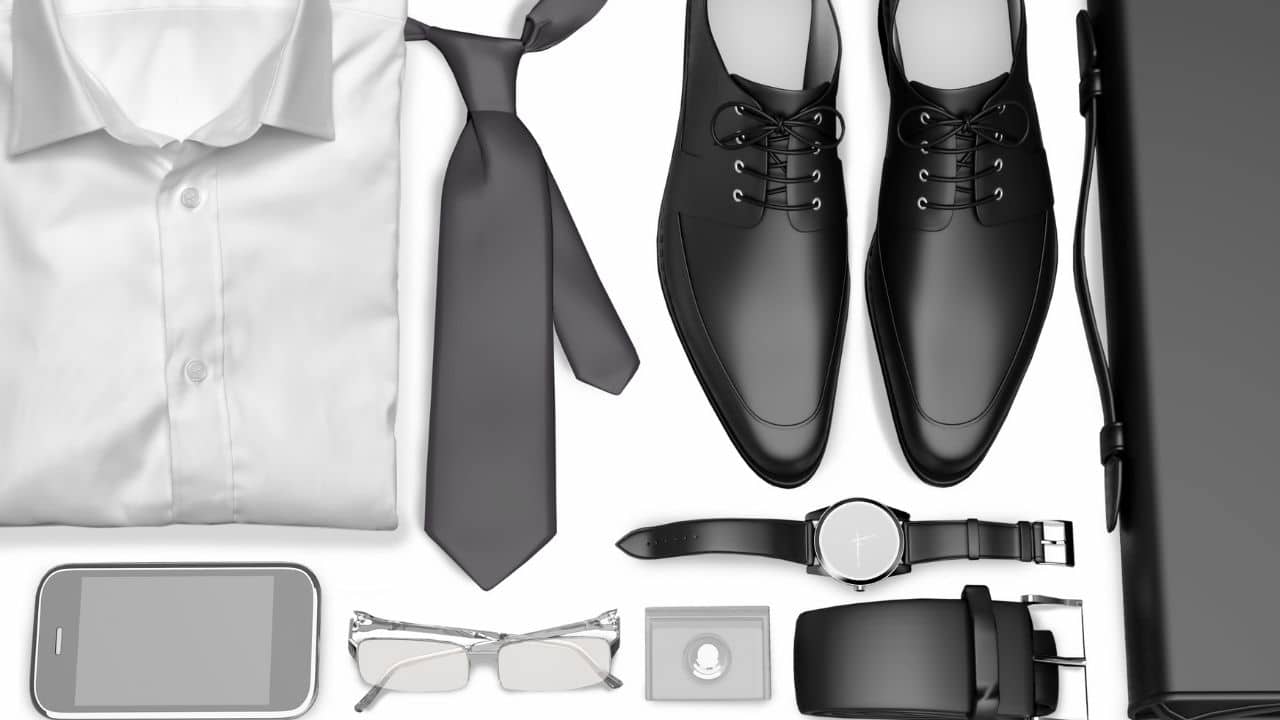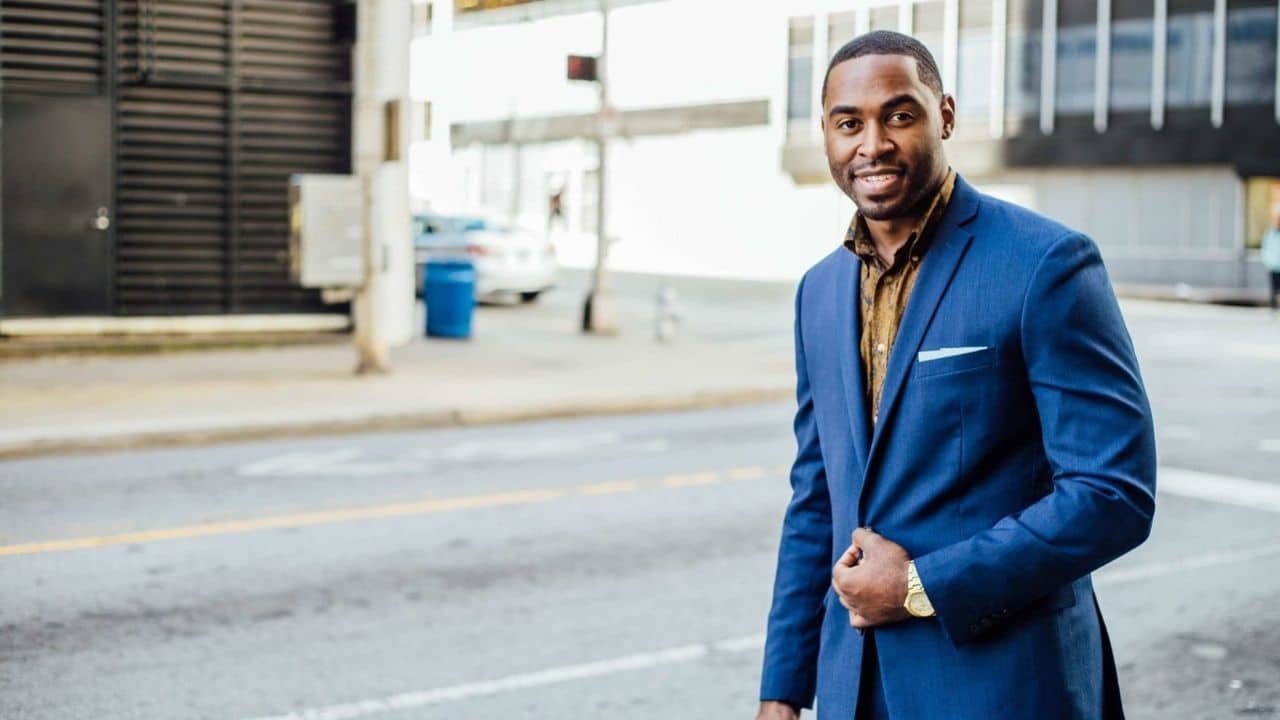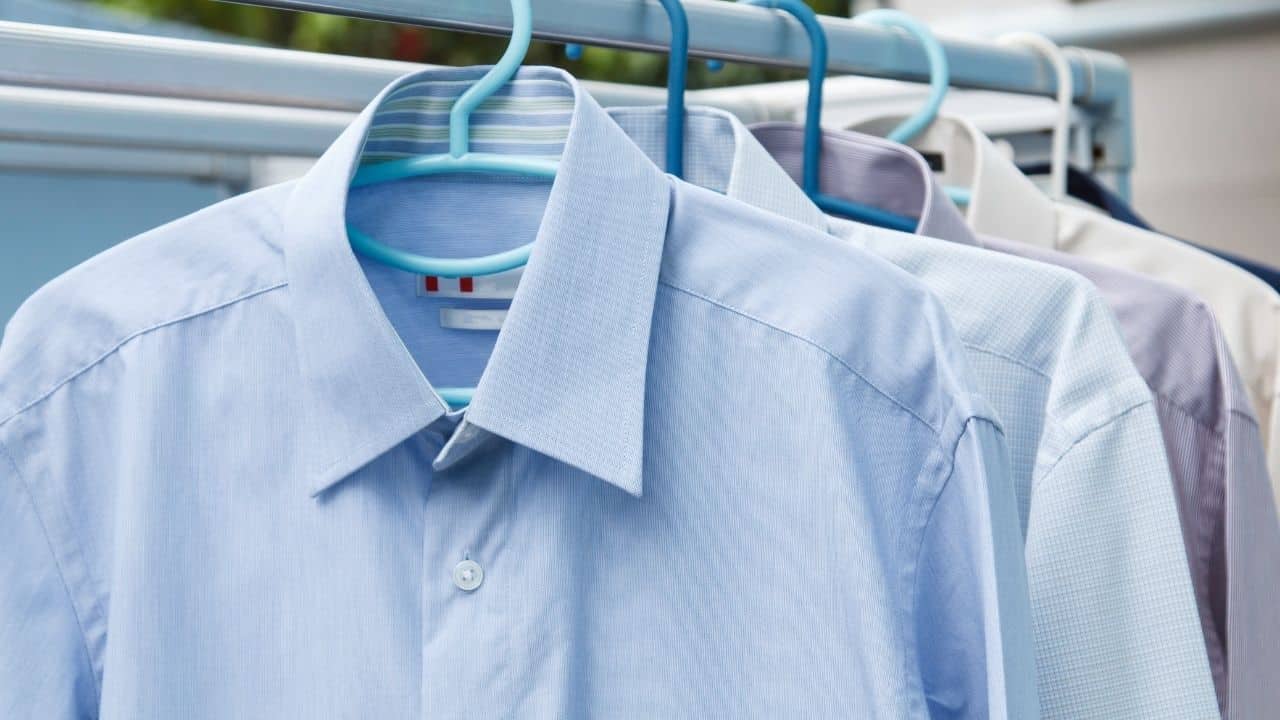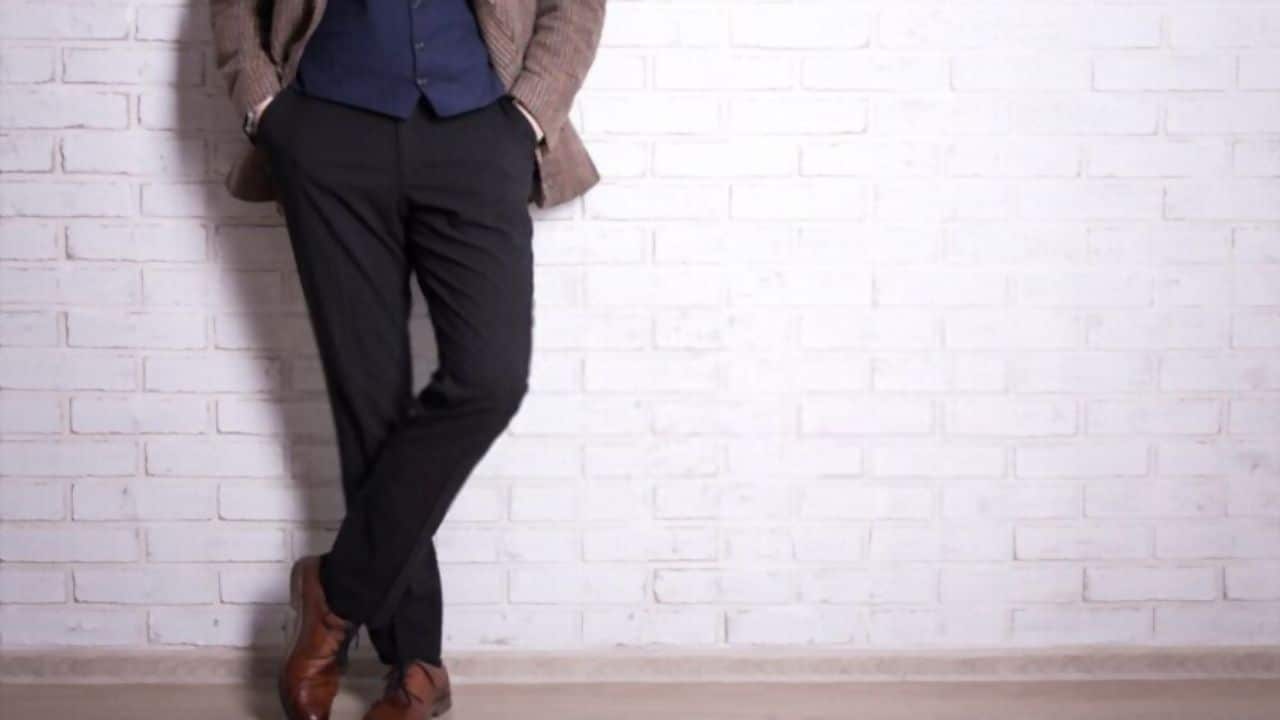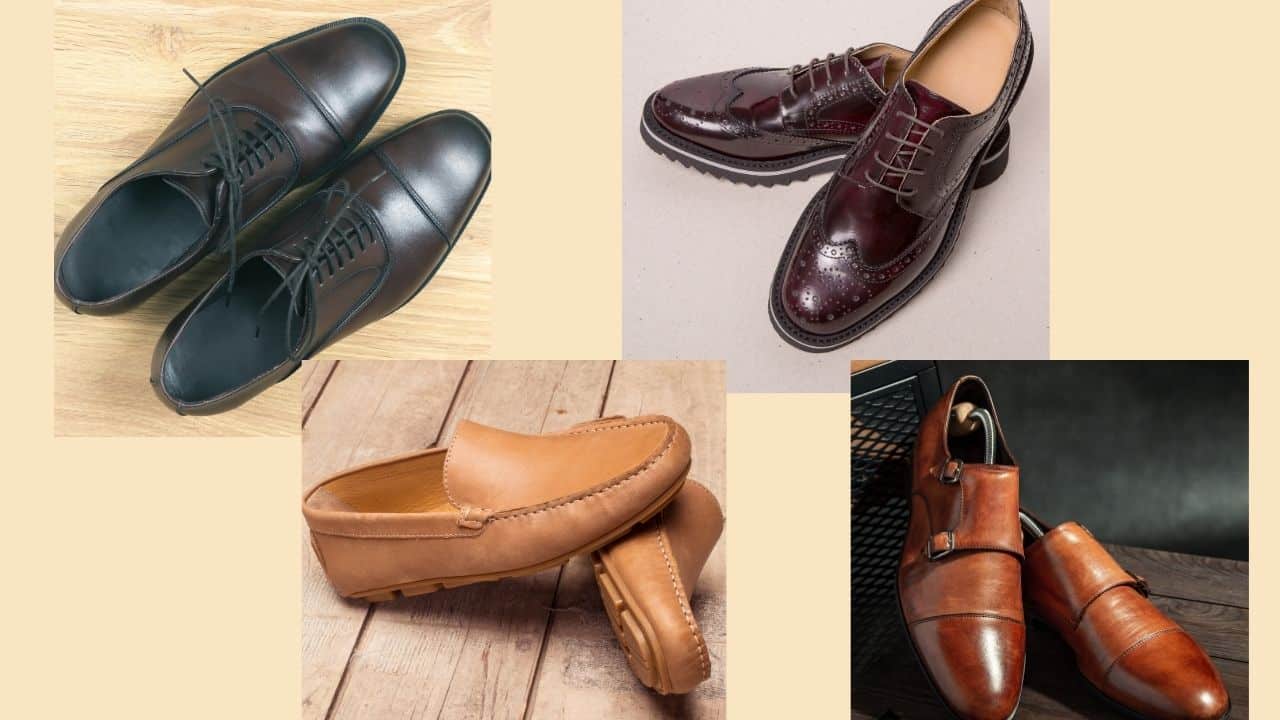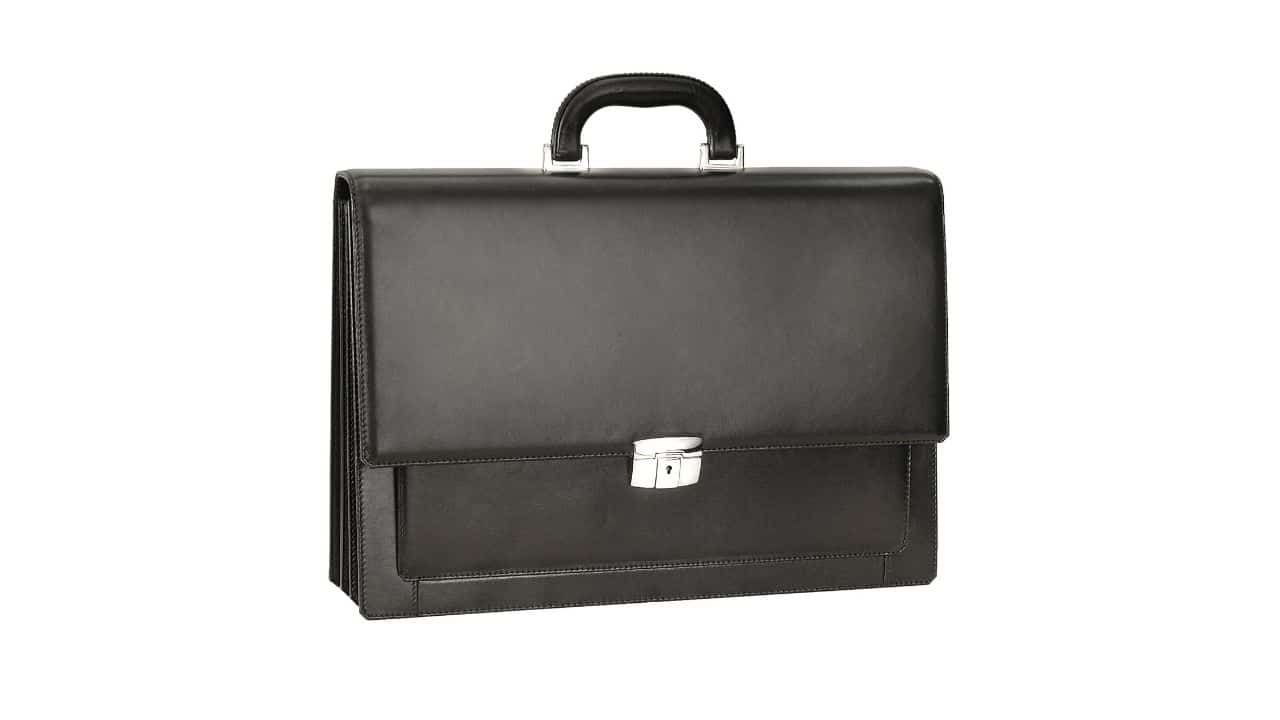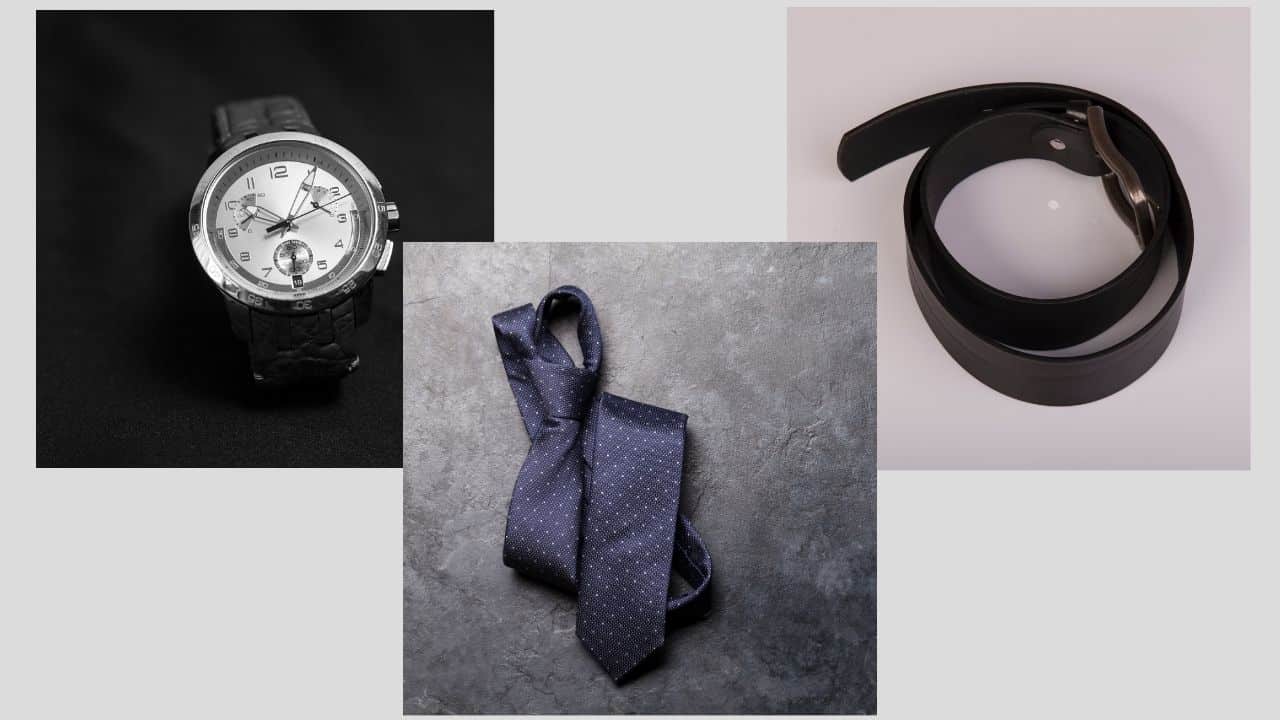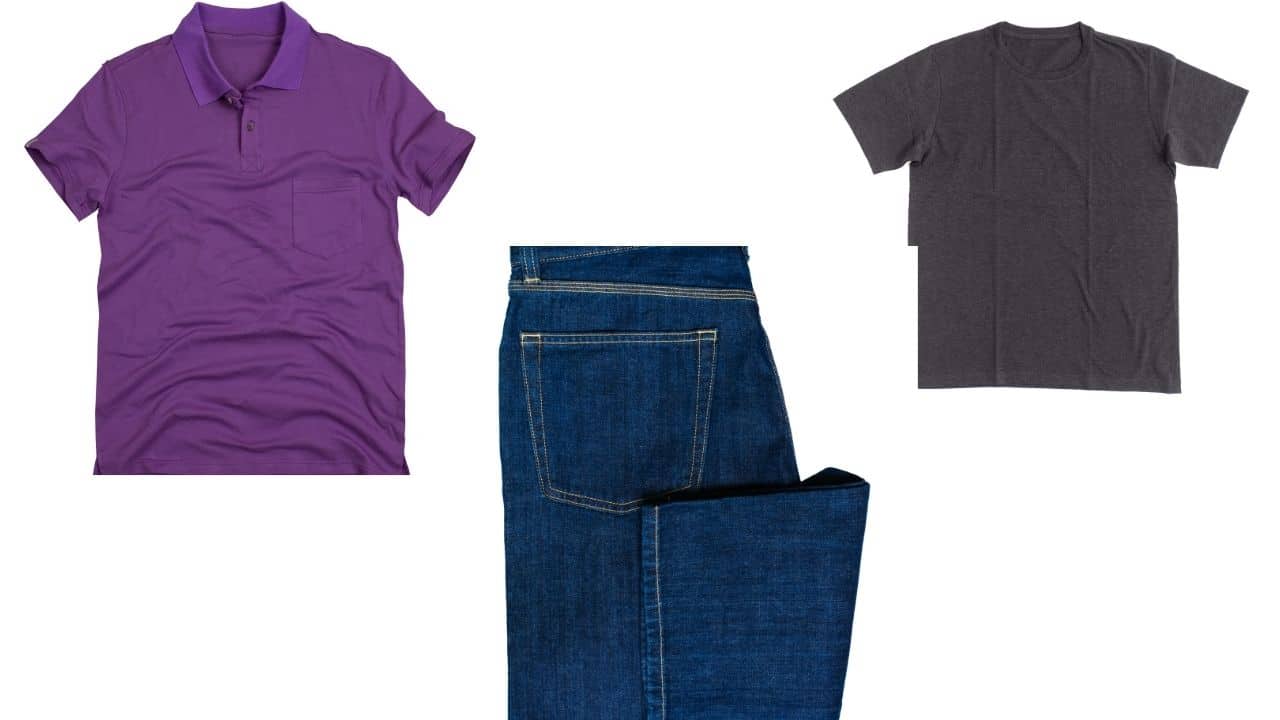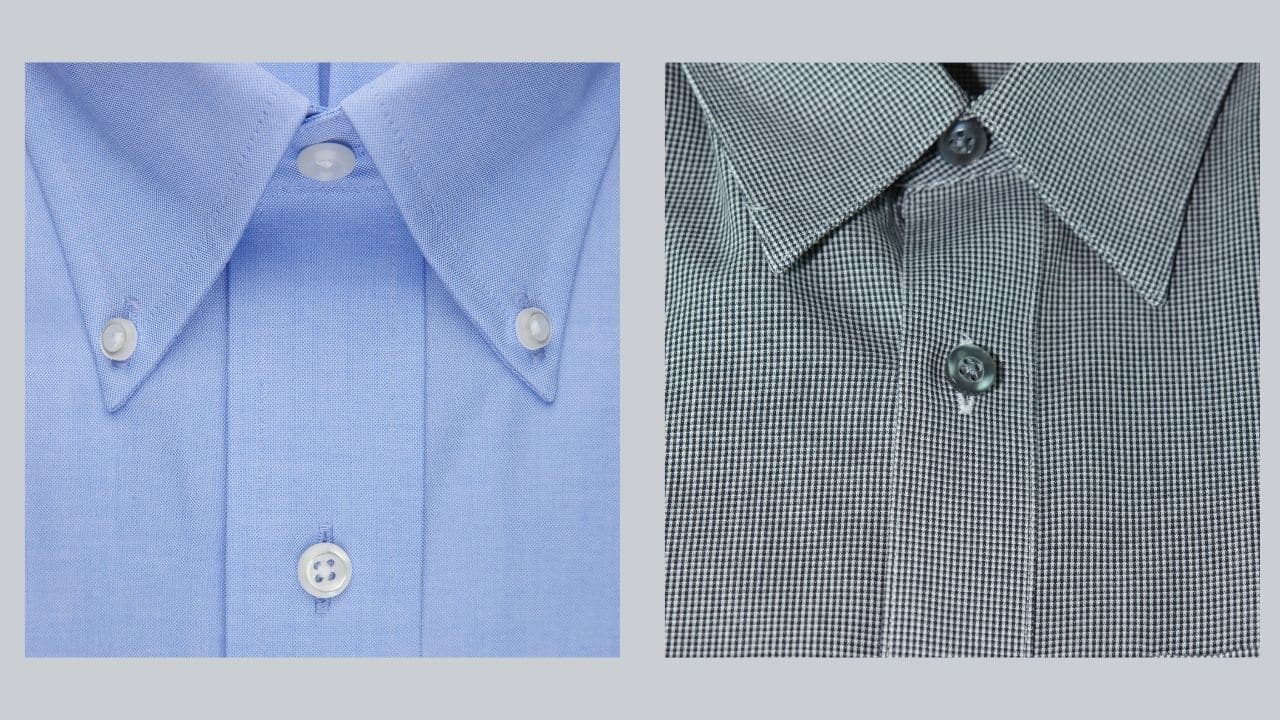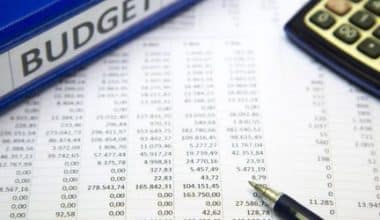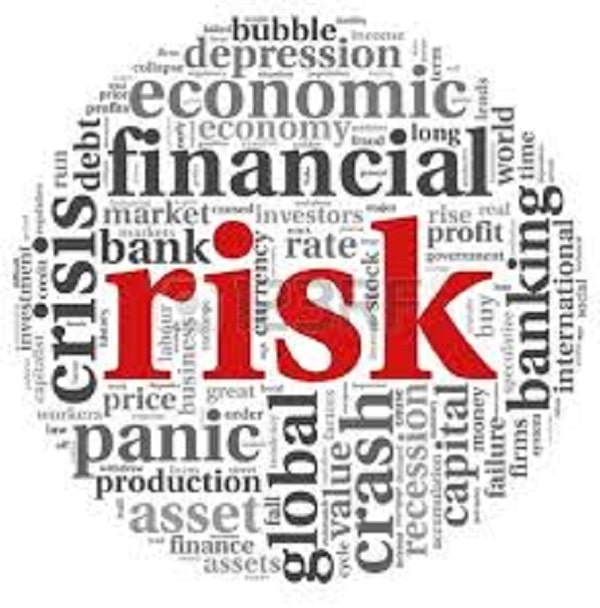As a lot of things begin to evolve, several offices have decided to reform most of their policies, dress code included. Most offices now allow business casual clothing for men, to make you more relaxed while working.
Hence, the concept of Men’s business casual attire is elusive as a lot of people have issues identifying which attire falls under business casual.
This makes this article very handy, as we have explained what business casual clothing for men really is, which outfits could pass as business casual, tips for dressing business casually, and answers to some of your most pressing questions.
So, if you’re excited as I am, let’s get started!
What Is Business Casual Attire For Men?
Majorly, business casual attire is a style that is not the regular formal office attire but nonetheless still designed to suit the office environment and exhibit professionalism.
Naturally, it makes you wonder what exactly is business casual especially when the word “casual” isn’t helping. Because, it depicts an image of you on a picnic in your usual shorts and polo having the absolute time of your life.
Nonetheless, business casual leans more to the “business” side than the “casual” side. So, when wearing a business casual attire, you’re supposed to employ the elements of style, sophistication and elegance.
Since suits are extremely formal, you can go for more subtle clothing like blazers or jackets. Ties are optional but remember your neatly pressed and clean button shirts. Where your office permits a nice pair of jeans, make sure it’s actually a nice pair and not your ripped or distressed jeans.
We’ll go over what men’s business casual really entails. But for now, just make sure that everything matches.
The Do’s And Don’ts of Business Casual Attire For Men
To help you understand business casual attire better, let’s go over the basics. Here are some general things to do and what not to do to help you appear more business casual.
| DO’S | DONT’S |
| Wear a fitting sweater or cardigan with a collared shirt beneath | Wear a baggy or loose fitting sweater with no shirt beneath. |
| Put on straightforward patterns | Wear too busy or very loud patterns that scream attention. |
| Put on neutral or monochrome colors | Put on bright or loud colors |
| Wear a tailored blazer | Wear an overly fancy suit jacket |
| Put on trousers( chinos, khakis), tight-fitting denim, dress slacks | Put on shorts, ripped or casual jeans, or any athletic type of shorts |
| Wear dress shoes | Wear informal sneakers (e.g bird), sandals, flip-flops, or any overly casual footwear |
| Put on a long-sleeved button-down shirt | Put on a regular golf polo or t-shirt |
RELATED ARTICLE: Clothing Business Casual: All you need (+ quick tips)
How to Dress Business Casual For Men
If your office requires you to dress more casually, here are the outfits to wear that pass for business casual clothing.
1. Jackets and Blazers
Your business casual outfit starts with a well-tailored and fitting jacket or blazers. Hence, Manofmany describes the blazer as one that will be a slim cut, square fit on the shoulders, a lapel that stops right above your rear end, and sleeves that stop just before the shirt cuff.
There are a wide variety of blazers and jacket to choose from but the best bet is to choose one of light wool with notch lapels. As this will keep you comfortable.
When choosing the color, opt for a more neutral color like navy or grey. It will help you look better and even upgrade your figure. If you like to dress seasonally, then opt for a tweed blazer during winter and a cotton blazer for warmer seasons.
2. Shirts
Another factor that makes up business casual clothing for men is shirts. Underneath your blazer should be a nice button-down or button-up shirt. The business casual shirt should have two straight seams behind that fit tightly to the shoulders and frame.
When choosing the color for your shirt, stick to neutral colors like white, blue, or brown. As you get a hang of this business casual attire, you’ll learn to explore other colors and combine them in a more perfect way.
Additionally, instead of combining the shirt with a blazer, you can choose to go for sweaters. A fine, merino-wool sweater is a good option when combined with a button-down shirt. For something of more high quality, cashmere is a perfect option.
Also, if you’d prefer a cardigan, then add a tie to your shirt. The aim is to give you a more professional yet business casual look.
3. Pants
Pants are an essential part of men’s business casual clothing. It is important to know that your casual pants should be sharp and emanate a level of smartness and sophistication. While normal suit pants are not compulsory in a business casual setting, you can as well combine them with other slim and well-fitting trousers.
Throw a mid-weight cotton chinos, alongside dress slacks, high quality denim jeans to make up your business casual pant wardrobe. Ensure they have flat fronts with a neutral aesthetic. It’ll never do you wrong.
And if you’re going to use denim jeans, make sure its of high quality and not your regular or casual jeans. It’s quite easy to differentiate the two.
START YOUR BUSINESS CASUAL CLOTHING LINE WITH THIS WORKABLE FASHION BUSINESS PLAN
4. Shoes & Boots
A nice pair of shoes and boots will always make you appear more professional and business casual. The appropriate shoes for business casual clothing have two things in common; style and quality.
So, if you’re thinking of what shoes to wear in a casual business setting, lean towards shoes like polished loafers, brogues, Oxfords, or monk strap shoes in leather materials with colors like tan, chocolate, or black.
Additionally, you can combine a nice pair of chukka boots or ankle boots. Even a nice pair of sneakers. However, the sneakers should be white and of high quality. And flip-flops are a no-no.
Remember, your shoes and belt must be of the same color. If you’d wear a watch, it should match too. The rule is that any leather on your outfit should match.
5. Bags
A portfolio or a leather/ canvas bag is your best bet. When it comes to colors go for more mature colors like tan, black, brown or dark green color.
Additionally, ensure it has enough space for your paperwork and gadgets. If you’re into tech, go for bags with built-in chargers, cables and camera.
By all means, kindly avoid backpacks. You don’t want to be the colleague who misses high school so much that he goes around with his annoying backpack.
6. Accessories
To add finishes to your well put together business casual attire, you need to have the right blend of accessories.
Firstly, throw in a nice leather watch. Whether it’s brown or black leather, a watch is a must-have for every guy. So, look around for some nice leather watch that compliments your attire put it on.
Secondly, don’t neglect your ties. In as much as, they’re not compulsory for a business casual look, they’re still the go-to if you want to spice things up a bit. There are varieties of ties to choose from, so opt for those that are less-pronounced, neutral colored and have straightforward patterns.
Next, don’t overlook your belts. Some people may not think of belts as accessories, don’t be like those people. Belts add organization to your dressing. Imagine a fully dressed man with neatly pressed button-down shirts and suit trousers and then no belt. You may think he quickly rushed out of his house forgetting his belt.
Now, don’t get me wrong, you don’t have to wear belts on all types of trousers. But those ones that need a belt, kindly wear one. So, choose from a variety of plain leather belts or patterned belts for one that suits you perfectly.
Lastly, Fedoras are a no-go for your business casual outfit.
LEARN Financial Performance: A Comprehensive Guide For Any Business(+ quick tools)
When NOT to Wear Business Casual Attire
Even if your office requires you to wear business casual attire, there are situations where there is an exception.
Below are the few times when wearing a business casual outfit is inappropriate.
- When representing your company at a general event
- If you’ll attend a board or committee meeting
- When going for a job interview
- If you’ll be meeting a client outside your normal workplace
- When interviewing for a position or negotiating for a raise.
- When you have a meeting with an executive in your organization.
Beware of Casual Fridays
Some companies do not allow business casual for men but permit casual Fridays. So, if that’s a situation you’re in, the best thing to do is to ask your company’s HR. Find out how your company prefers its staff to dress on casual Fridays. You don’t want to be more casual than required.
In a case where there’s a casual dress code for Friday but your boss or senior executives don’t dress like that, it’s always best to follow their lead. You would want to get to that position one day and one way to ensure you’re on track is to dress as they do. There’s a reason for that.
Is Polo, T-shirt, or Jeans Business Casual?
Firstly polo shirt is acceptable for business casual. In fact, a long-sleeved polo shirt is just perfect. However, skip the short-sleeved polo shirt or else you’d be pairing it with a blazer or jacket.
Secondly, the T-shirts are not business casual. In as much as there’s a casual in “business casual,” don’t forget the “business” part. It doesn’t mean you have to be too casual that you wear t-shirts, hooded sweatshirts, or any style of overly casual shirt.
Lastly, casual jeans, athletic wear, or sweat pants are not business casual. In fact, if you’re going to wear denim jeans, first ask HR if it’s acceptable, then go for the high-quality denim. Ripped or distressed jeans are off the table and should not be categorized as business casual.
The most efficient way to nailing your business casual look lies in what you wear and how you wear it. Not all shirts can pass the test for being business casual so it’s best you know their differences.
A button-up shirt doesn’t have a button that fastens the collar to the body of the shirt. This makes it hard for the collar to stay in place so you to come up with means of keeping the collar crisp and proper. While a button-down shirt has buttons that fasten the collar to the body of the shirt.
Hence, for a business casual dress code it’s better you go for a button-down shirt. It makes your collar stay in place and prevents you from looking too casual.
SEE THESE Businesses with Low Capital and High Profit (35 Businesses + Investment Guide)
Is Mens Wear a Good Business?
In India, the menswear industry certainly generates a lot of revenue. The market for men’s clothing will thrive as individuals become more fashion-conscious.
How Much Does It Cost to Start a Line of Clothing?
Although startup costs for various clothing lines can vary greatly, in general, a small clothing line will require a minimum of $500, a medium-sized line should have between $1,000 and $5,000 on hand, and a large line will require roughly $25,000 to $50,000 up front.
How Much Money Do You Need to Start a Clothing Store?
The initial launch fees for opening a retail store can range from $48,000 to $60,000, according to vlogger and boutique owner Alli Schultz. This excludes costs like the first month’s deposit, insurance, utilities, and licensing fees that are location-dependent.
Do Clothing Businesses Make Money?
Depending on its costs, marketing initiatives, company size, product categories, market, and target audience, a clothing firm can produce profits that range from $23,751 to $140,935 on average. A garment line owner may also earn more than $51,000 annually.
How Do I Name My Clothing Brand?
It’s advised to use a brand name that’s distinctive, condensed, memorable, and short. Choosing a name that rises to the top of the list of rivals should be the goal. Additionally, brand names for clothing shouldn’t be too difficult for consumers to remember or too complex for the target audience.
What Is a Good Price to Sell Clothes?
Clothing experts advise setting the price of used fashion goods at a great price-quality ratio. Pre-owned clothing often fetches between 30 and 40 percent of the retail cost. Price your old clothing at one-third less than comparable new stuff.
How Long Does It Take to Start a Clothing Line?
It should take you roughly five years to develop your fashion brand if you are working eight hours a week. Keep that in mind because a lot of it does depend on your time, and it’s excellent if you have a lot of money but little free time.
Tips for Men’s Business Casual Outfit
Here are some tips to help you make better decisions as a man, when it comes to planning your business casual attire.
- Ensure your clothes and shoes are in good condition. Clean your shoes and shine them. Mend your clothes and cut out loose seams. You don’t want to show up looking tattered.
- Wear sneakers wisely. Or else your company permits any type of casual as a business casual attire, you want to stick to the high-quality ones. Athletic sneakers are not an option. Minimize your use of sneakers and go for loafers, derby, or any business casual shoe listed above.
- Casual doesn’t mean messy. Get your clothes well-tailored and in good condition. Practice good grooming, and blend only colors that match. Also, wear what is suitable for your body type.
- When in doubt, DRESS UP. This means that if you are new to an office and don’t know what is acceptable there, the best option is to dress up and lean towards being formal. Throw in a suit if you can.
Now you’re ready to hustle like a 21st century gentleman.
Conclusion
Business casual attire for men isn’t an easy task. It means you have to be mindful of what you wear to different occassions and most especially your office.
However, don’t forget the golden rule – If you’re unsure of what to wear, dress up. That means overdress for it. Chances are, you will either be right or everyone thinks you’re the new investor.
So, use this guide to understand Men’s business casual clothing properly.
Good luck!
